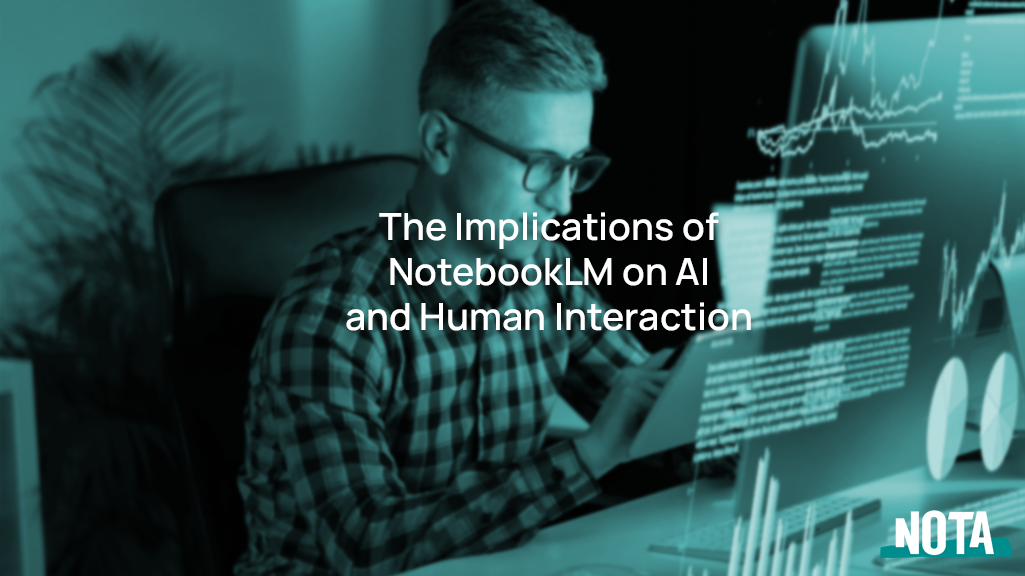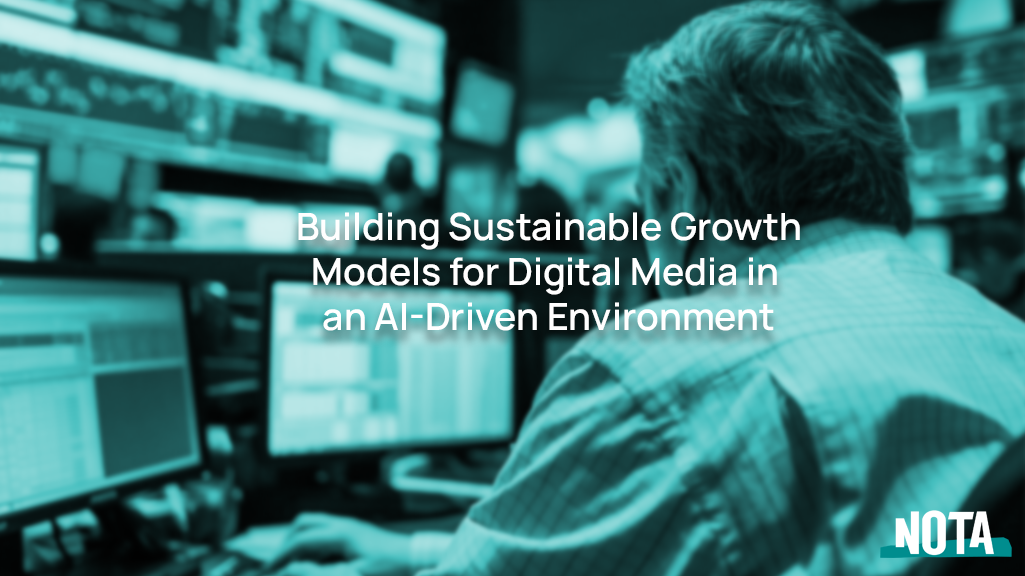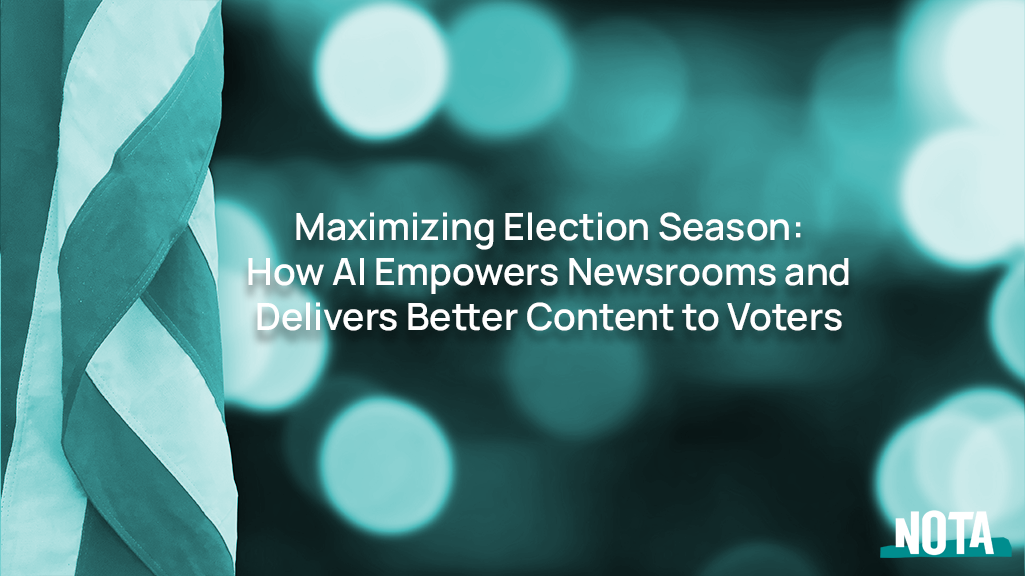Google’s NotebookLM represents a groundbreaking advancement in conversational AI, offering impressive accuracy in mimicking human dialogue. This post explores the implications of this experimental technology, focusing on its achievements, potential pitfalls, and the regulatory landscape surrounding it.
Breakthrough Conversational Technology
NotebookLM is built on Google’s advanced transformer models, specifically Gemini 1.5 Pro. This architecture enables the AI to process and understand complex texts, creating fluid human-like conversations.
A key aspect of NotebookLM’s design is its sparse Mixture-of-Experts model, which allows it to handle large datasets efficiently while maintaining high performance and accuracy. This technical foundation empowers the model to make associative leaps—synthesizing disparate pieces of information across text, PDFs, videos, and audio files—which is crucial for generating insightful responses and mimicking human conversation.
Real-World Applications
NotebookLM has proven to be valuable in various practical scenarios.
In project management, professionals utilize NotebookLM to summarize lengthy reports into insightful audio summaries that significantly streamline workflow. This ability allows teams to quickly extract key insights and improve decision-making, facilitating more efficient project execution.
Content creators benefit from the audio overview feature, enabling them to transform written content into AI-generated podcast-style discussions. This feature enhances productivity for bloggers and other digital content creators, allowing them to repurpose their material effectively.
In collaborative research environments, teams can upload documents and query the AI for real-time insights. This interaction facilitates deeper data synthesis, enhancing teamwork and collaboration across various projects and research initiatives.
In data-intensive industries such as healthcare and finance, NotebookLM assists professionals by summarizing research documents and providing quick insights for decision-making. This capability is crucial in fast-paced environments, where timely information can significantly impact outcomes.
In the educational sector, students and researchers leverage NotebookLM to analyze datasets and create summaries. This functionality helps streamline academic tasks, making it easier to grasp complex ideas quickly and efficiently.
Furthermore, writers and content creators use NotebookLM for brainstorming and summarizing multiple sources to create cohesive articles or scripts more efficiently. This aids in speeding up the creative process, allowing for greater focus on idea development and storytelling.
Strengths and Limitations
Despite its many advantages, including built-in citation and fact-checking features to ensure grounded responses, users must remain vigilant as minor inaccuracies may still surface—often undetectable without scrutiny.
Josh Brandau, CEO of Nota, highlights this caution, stating, “This is a breakthrough in conversation mimicking technology. The model makes very few mistakes with zero human engagement. Specifically, associative leaps are better than any we’ve seen before, and we’re doing a ton of work on a related problem here at Nota.”
He encourages users to “try it yourself and take note on how it adds comparison, emphasizes points of tension within the story being told, and highlights the most important takeaways in context. All with no hallucinations that I’ve been able to notice so far—so very grounded in the extractive data it is presented.”
These features contribute to an unprecedented experience in human-computer interaction, bringing us closer to that “magic” feeling when AI and humans communicate.
A Double-Edged Sword: Trust and Integrity
As we celebrate these advancements, we must also address burgeoning concerns. The lines between synthetic and human-generated content are increasingly blurred, posing risks to trust in information sources and democracy itself.
Josh expresses his worry, stating, “This really represents a breakthrough in the synthetic/human divide. The uncanny valley has been crossed and the AI stands next to us. It has the potential to erode trust in sources and what’s human curated and what’s not.”
Regulatory Considerations Moving Forward
As the capabilities of NotebookLM expand, so does the need for thoughtful regulations to protect users and uphold journalistic integrity. The Coalition for Content Provenance and Authenticity (C2PA) is working to develop transparency tools, including watermarking technologies to clarify AI’s role in content creation. Proposed regulations could include clear disclaimers to alert users when engaging with AI-driven interactions, ensuring they remain aware of the AI’s involvement in generating the content they consume.
Furthermore, there may be suggestions for limiting the types of voices or styles that AI can utilize in its exchanges. By restricting the use of AI voices, it could become easier for individuals to differentiate between content produced by AI and that generated by humans. This measure aims to enhance transparency and trust in communications, making it clearer when users are interacting with AI and helping to preserve the integrity of information.
Conclusion
In conclusion, while NotebookLM represents a profound leap forward in conversational AI technologies, it also necessitates careful consideration of its broader implications. The excitement surrounding its capabilities must be matched with a commitment to integrity and regulatory responsibility. As we navigate this transformative landscape, fostering open discussions around the ethical implications of AI in society is critical.Join the conversation: What are your thoughts on the balance between innovative AI applications and the potential risks they pose? Share your experiences below, and let’s explore the future of AI together!



